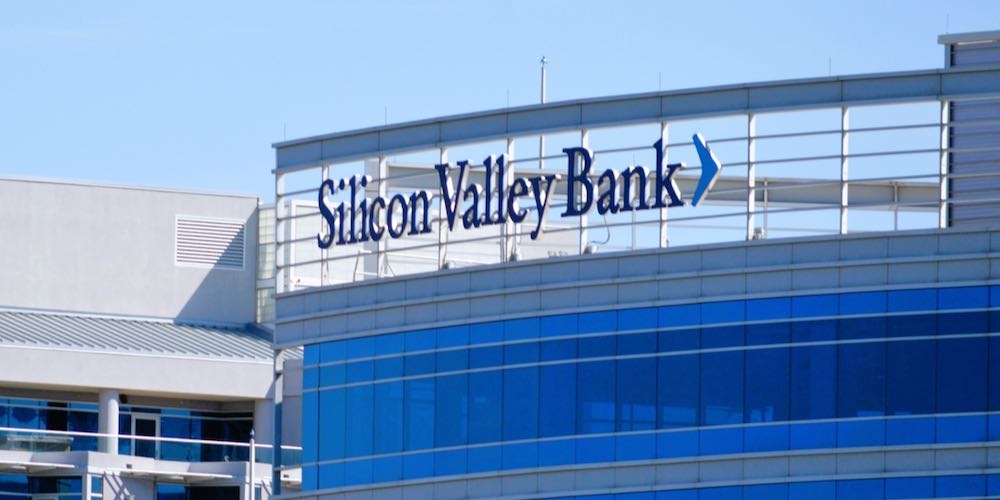

On January 11, 2025, former Swiss finance minister Ueli Maurer raised alarms regarding UBS's size following its acquisition of Credit Suisse. He noted that UBS's balance sheet, which stands at approximately US$1.7 trillion, is now double the annual economic output of Switzerland. Maurer emphasized the urgent need for risk reduction measures, suggesting that shareholders should take greater responsibility in selecting board members and that legislative measures should be considered to address potential risks associated with the bank's size [e3fa224e].
Maurer also pointed out the potential negative impact of high capital requirements, which could range from US$15 billion to US$25 billion, on the competitiveness of Swiss banks. This concern reflects a broader dialogue about the implications of large financial institutions on the stability and competitiveness of the banking sector in Switzerland [e3fa224e].
In response to these concerns, UBS CEO Sergio Ermotti affirmed the bank's capital adequacy and expressed support for targeted regulatory improvements. This statement indicates UBS's commitment to maintaining a robust financial position while also acknowledging the need for regulatory adjustments to ensure the bank's operations align with the broader economic landscape [e3fa224e].
The backdrop of this discussion is the ongoing scrutiny of large banks in the wake of recent financial crises, including the failures of several U.S. banks in 2023. The banking sector has faced increasing pressure to enhance governance and risk management practices, particularly as the size and influence of institutions like UBS continue to grow [02e0208e].
As the financial landscape evolves, the balance between maintaining competitiveness and ensuring adequate oversight will be crucial for the future of Swiss banking. The dialogue initiated by Maurer serves as a critical reminder of the challenges posed by large financial entities and the need for comprehensive regulatory frameworks to mitigate risks [e3fa224e].